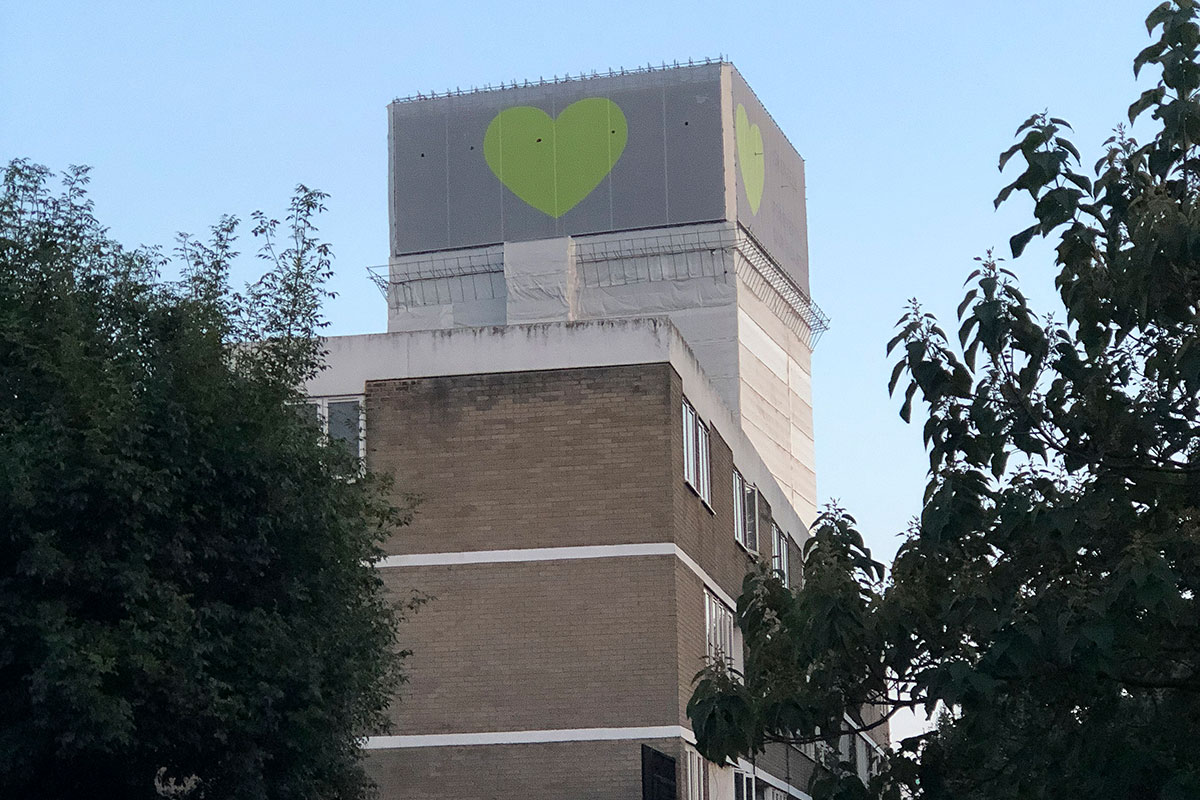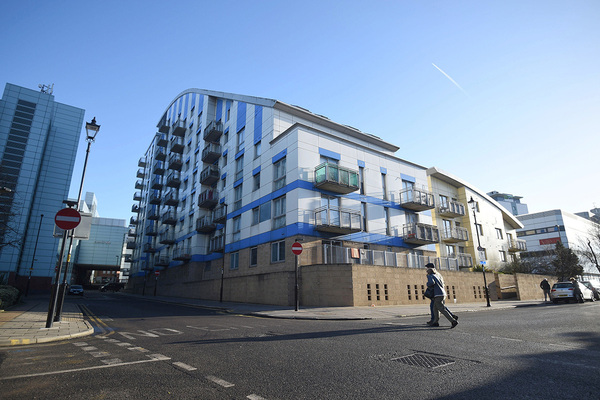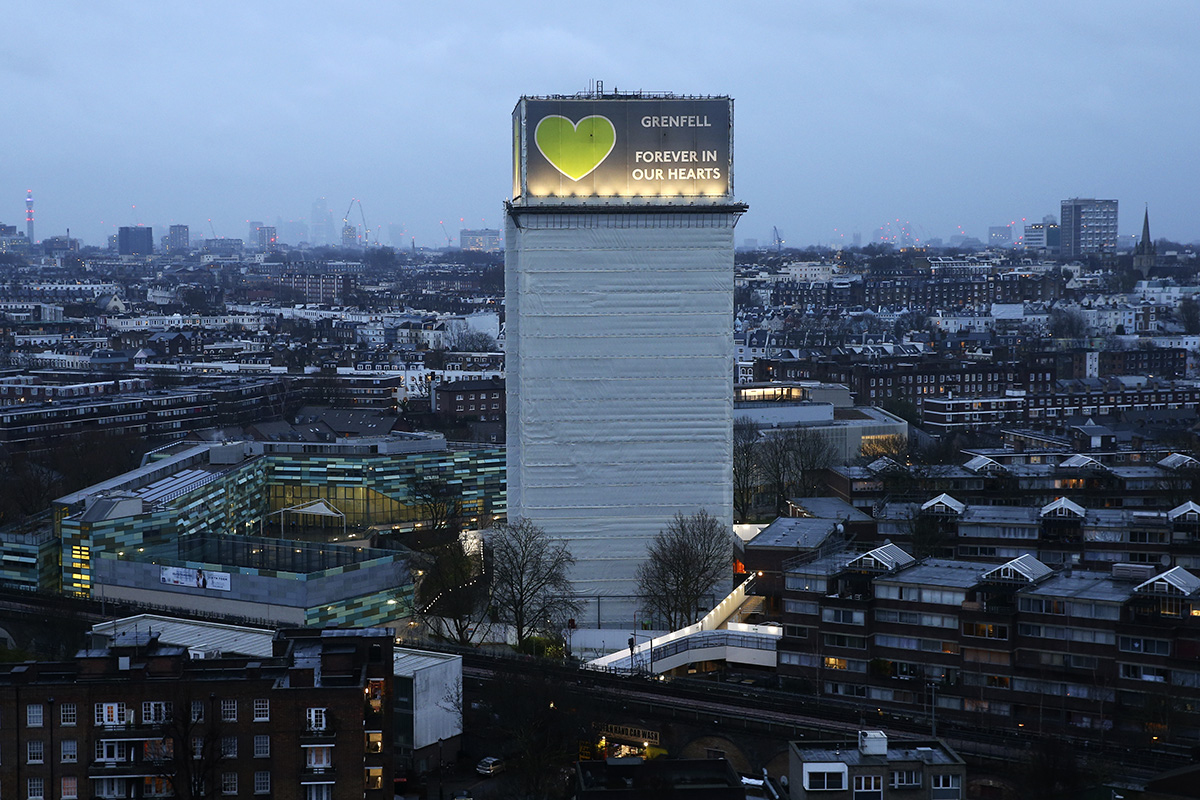Grenfell Tower – three years on
Jane Duncan considers how regulation – and architects’ practice – needs to change to prevent a fire like Grenfell happening again
Three years have now passed since the fire at Grenfell Tower, and the debate about the role that regulation should play in preventing such a tragedy from happening again continues. A core purpose of regulation is to override poor individual decision-making.
Of course, a strong, collaborative and forward-thinking culture can work to overcome poor rules. But as the Grenfell Tower tragedy exposed, the combined failure of regulation and industry culture is a toxic mix.
We’ve seen the implementation of some regulatory improvements, including a ban on combustible materials in external walls on residential buildings taller than 18m, and updated guidance on the provisions of sprinklers and wayfinding signage.
However hundreds of high-rise buildings are still identified as being at risk, and subsequent fires in a wide range of buildings since Grenfell continue to show that the current approach to protecting buildings and people against fire is simply not working.
“To significantly reduce risk and keep people safe when life-threatening events occur, we fundamentally need a strengthened set of building safety regulations”
Fires do not decide how they spread or how they are managed. The decision-makers – from those who craft regulatory policy to those who commission, construct and maintain buildings – essentially hold that power, and may choose to interpret regulations to save money and not lives.
Where do we go from here?
We urgently need clear, enforced rules for buildings where a catastrophic event could result in multiple fatalities.
Over the past three years, there have been significant efforts from parts of the construction sector urging the government to extend the restriction on combustible materials to include other buildings such as hotels, hospitals, schools and care homes.
We must now extend these demands to include further evidence-based changes to guidance and independent technical research into a range of areas for both new and existing buildings. To significantly reduce risk and keep people safe when life-threatening events occur, we fundamentally need a strengthened set of building safety regulations.
Architects also need to step up because they play a significant role in shifting the construction sector’s ethical culture towards quality design, procurement and building safety. This mantle has been picked up by the Royal Institute of British Architects, which has now approved the introduction of a mandatory level of health and life safety knowledge, including fire safety, for all chartered architects. This will be tested every five years.
“Expertise and professionalism must drive decision-making – not budgets”
Measures to introduce greater responsibility and competency requirements for professionals must be mirrored in the building and planning processes. This means recognising that expertise and professionalism must drive decision-making – not budgets.
Two pieces of significant legislation are currently progressing – or due to progress this year – through parliament on fire and building safety. Next year, when we mark the fourth anniversary of the fire at Grenfell Tower, I hope that we can look back not in anger, but with pride at what has been achieved.
In 12 months’ time, we should be reviewing a delivered suite of well-researched, clear, strong, useable regulations and a working culture in the construction sector based on the concepts of shared accountability and coherent responsibility. We have 365 days to meet this challenge.
Jane Duncan OBE, chair, RIBA Expert Advisory Group on Fire Safety











